Always-In Trading
1/24
Earn XP
Description and Tags
The Always-In concept, as taught by Dr. Al Brooks, is a powerful framework for understanding market direction and trader commitment. This flashcard deck will help you identify when the market is Always-In long or short, how to spot transitions, and how to align your trades with the dominant force. Key topics include: ✅ What is Always-In? – The core principle behind recognizing when the market has a clear directional bias. ✅ Reading Price Action – Identifying strong moves, consecutive trend bars, and signals that indicate traders are trapped or doubling down. ✅ Reversals vs. Continuations – Understanding when a counter-trend move is a trap vs. a genuine shift in control. ✅ Trade Execution – How to enter, exit, and manage risk when trading with the Always-In concept. ✅ Common Pitfalls – Why traders misread transitions and how to stay on the right side of the market. Whether you’re a beginner or refining your skills, this deck will sharpen your ability to read price action and confidently trade with the market’s momentum. 🚀
Name | Mastery | Learn | Test | Matching | Spaced |
|---|
No study sessions yet.
25 Terms
Consider an ALWAYS IN approach when?
…you miss too many big moves.
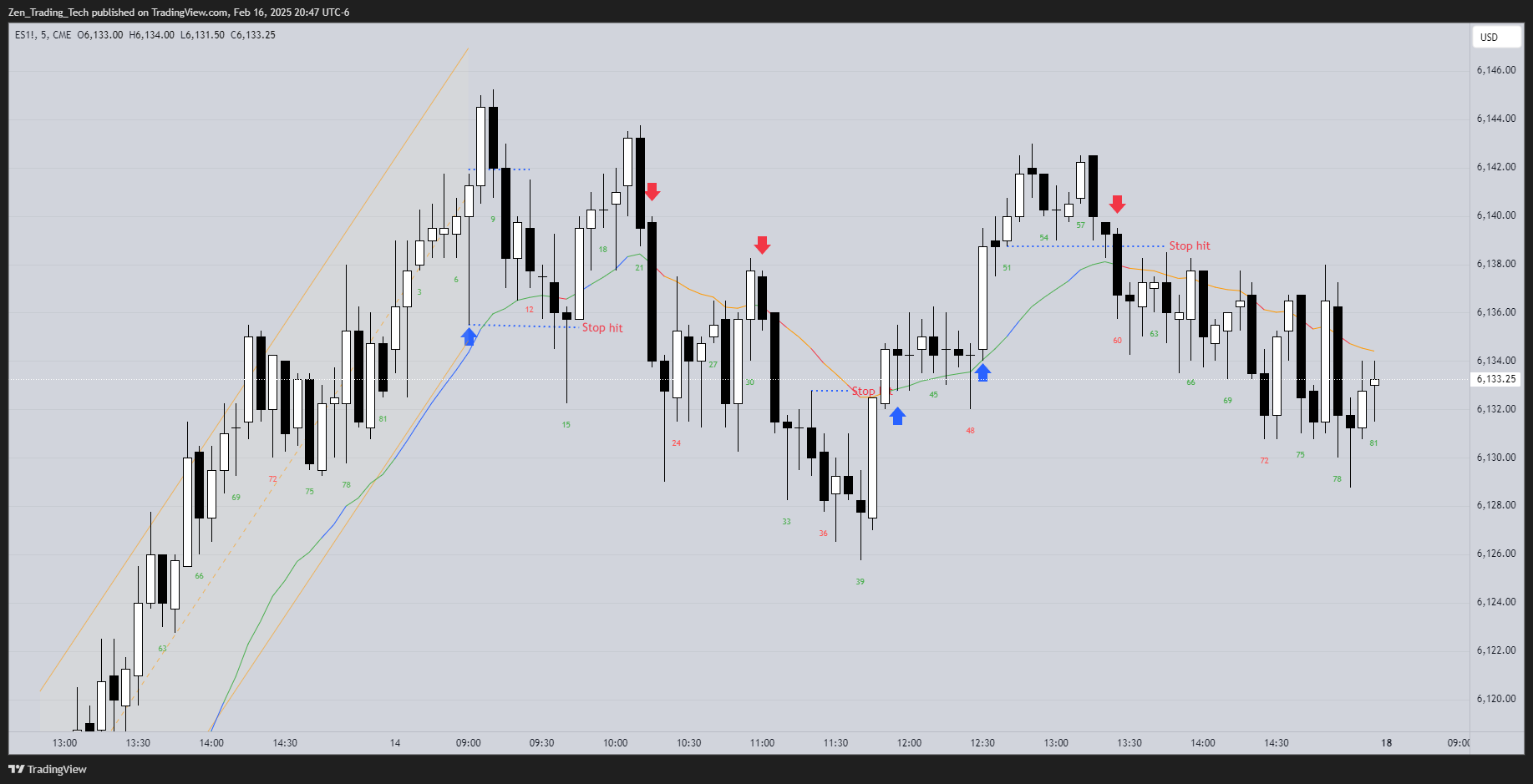
What is Always in
If you had to be in the market at all times
either long or short
the always in position
is whatever your current position is
60%
1R at least
If a signal is clear enough to be an always in reversal

Always in and entry
Always in doesn’t mean HIT THE BUTTON NOW
That is always in position
If right now you were forced to enter the market and could decide at least slightly in favour of one of the other
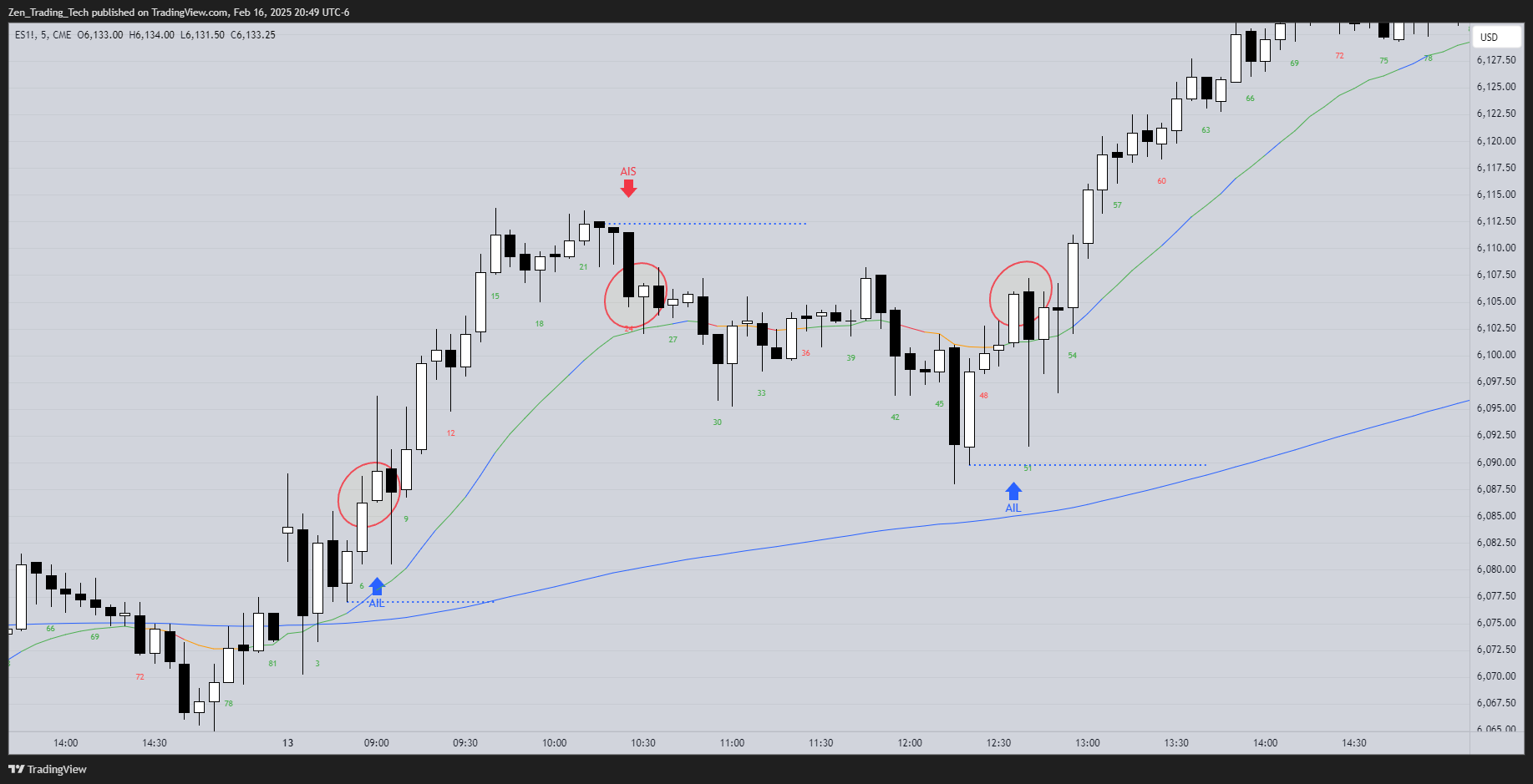
How to decide ALWAYS IN
Look at the closes if most of them above the moving average always in is probably long
If the move up to this trading range was a rally it’s probably long
if you’re hoping for a pull back to buy. It’s probably long
if you can’t decide the markets in a trading range.
Identifying always in long bar by bar
Consecutively strong trend bars
Start a shift to always in
Not confirmed until breakout and follow-through
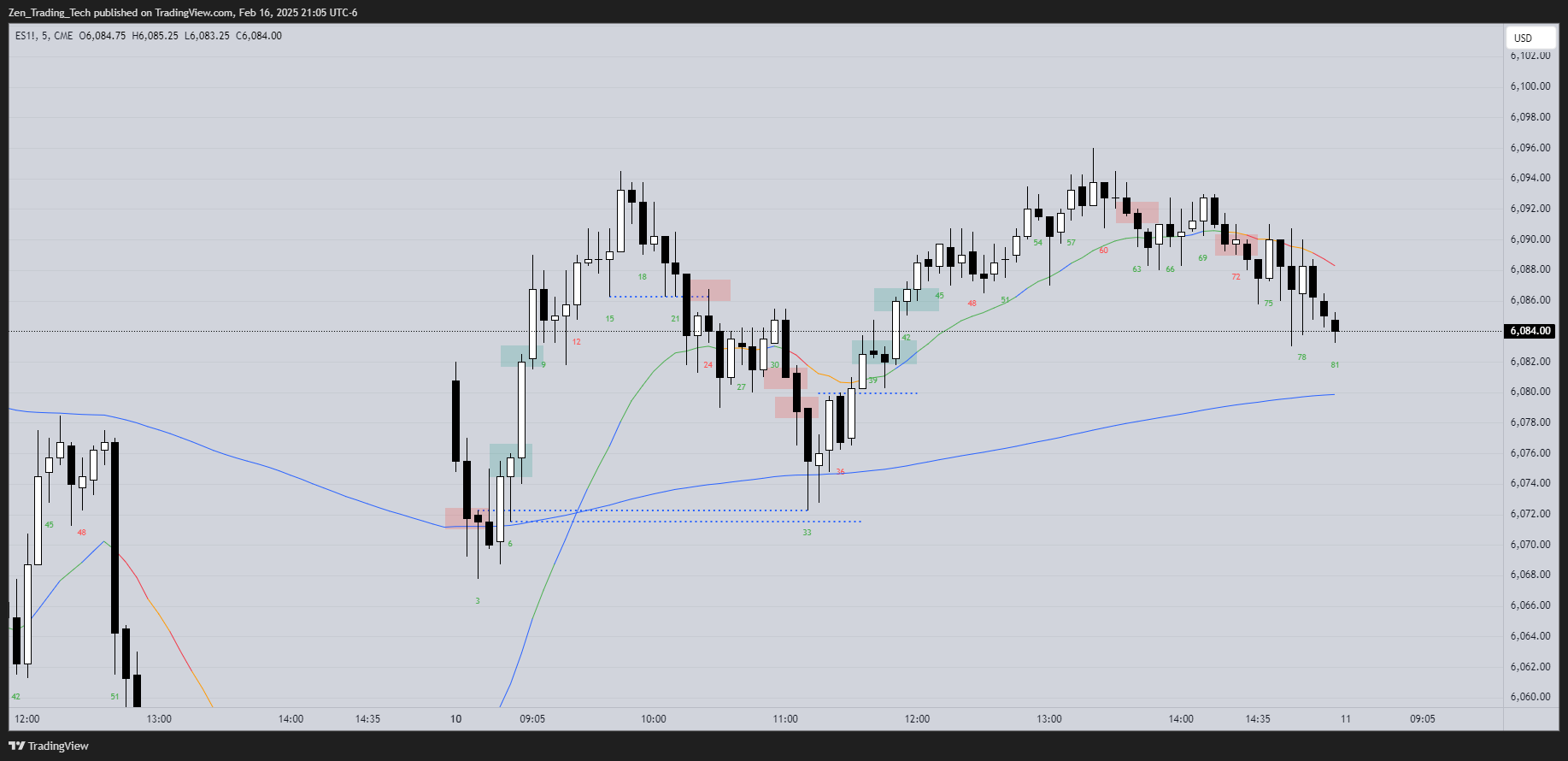
OPEN - What if GAP UP
but
consecutive bear bars?
Scalp only short
Bulls looking for a pullback
Look where the buy was here above B3
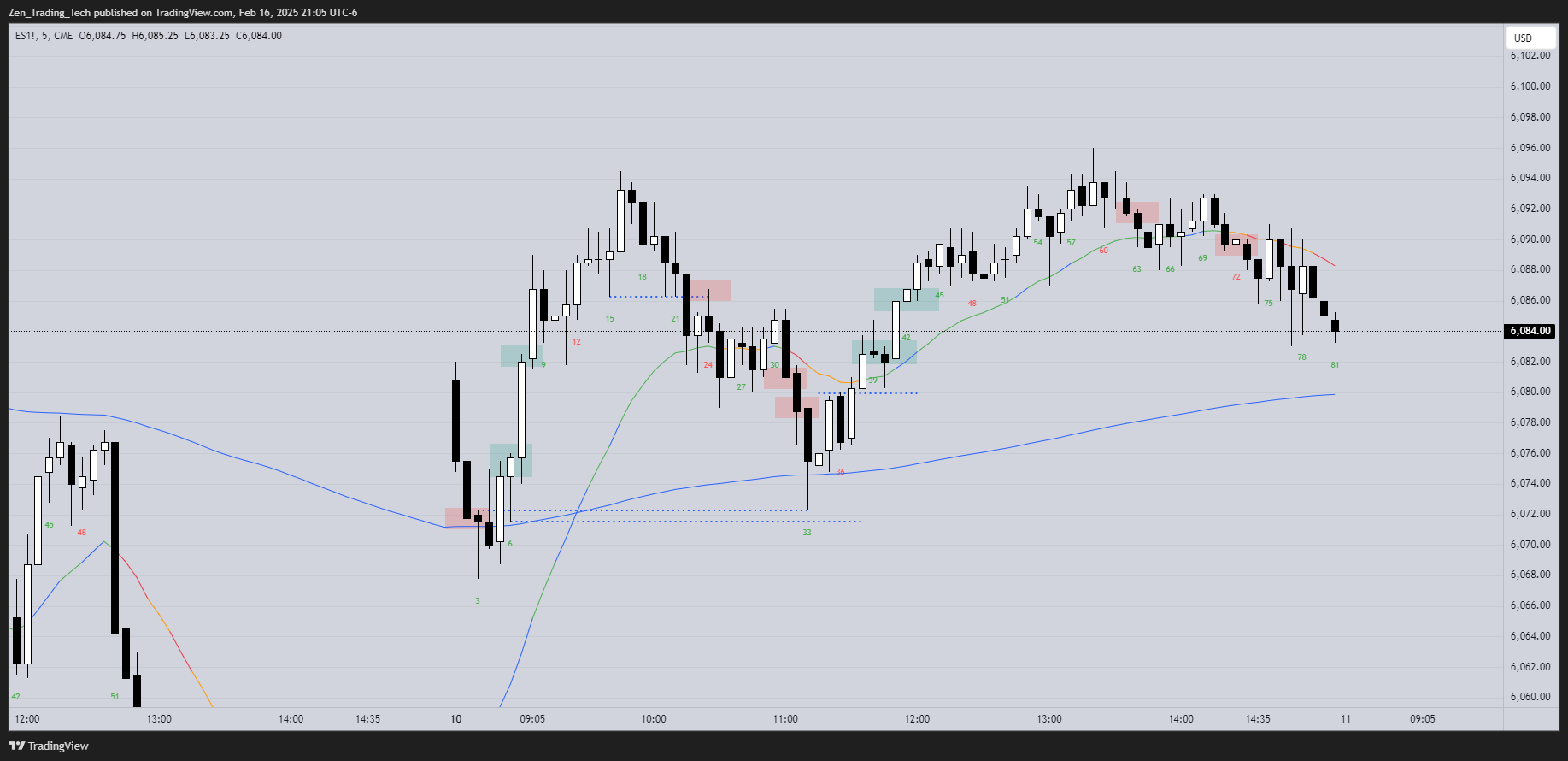
Explain reversals and always in
The market often needs one more bar to reverse (that second good bear bar in a bull trend)
But doesn’t get it
Market works higher
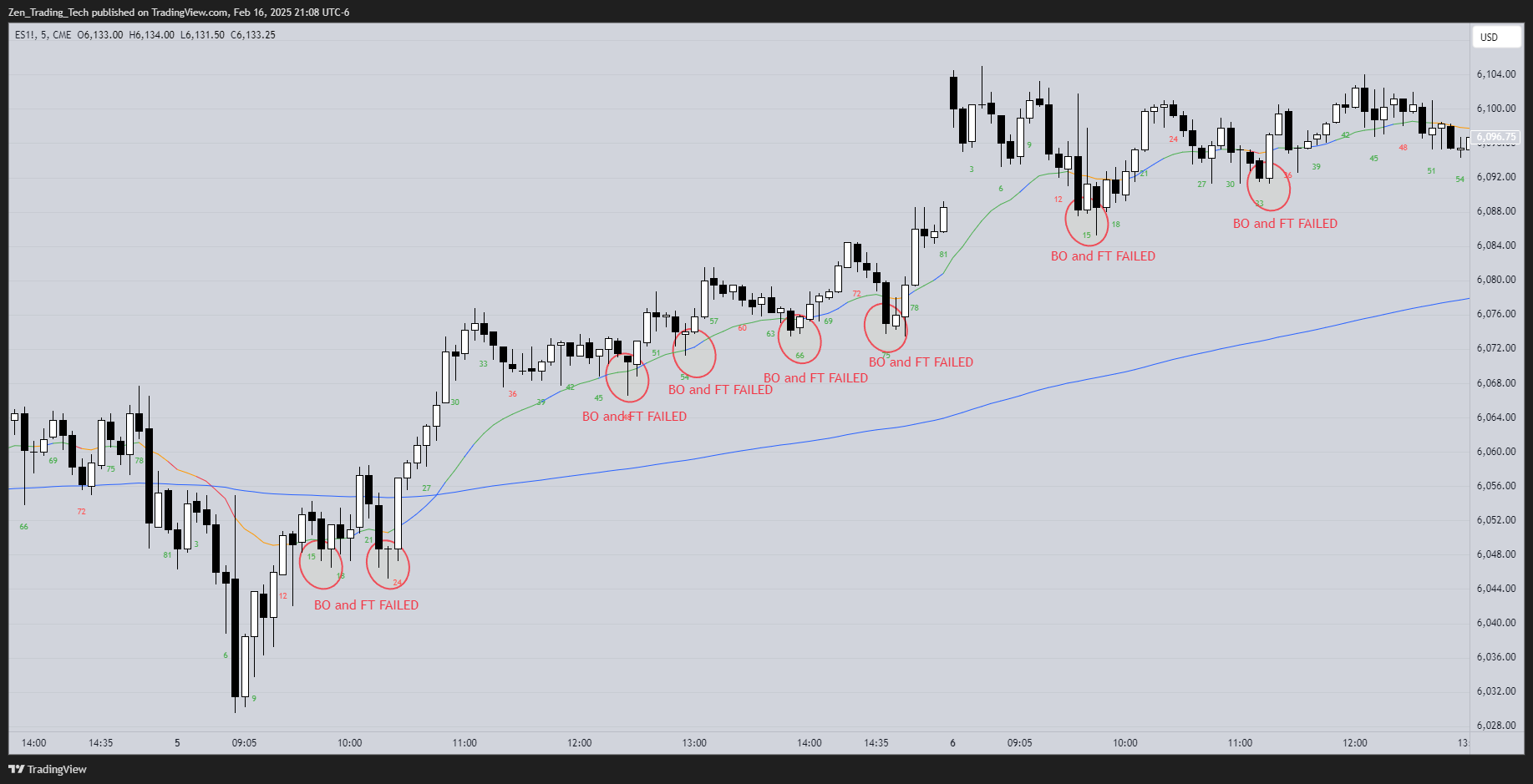
Always-in swing approach to trading
3-10 setups day
Taking profits 2-3x initial risk
AB’s method is using the tightest stop possible, different from where beginners think the stop is
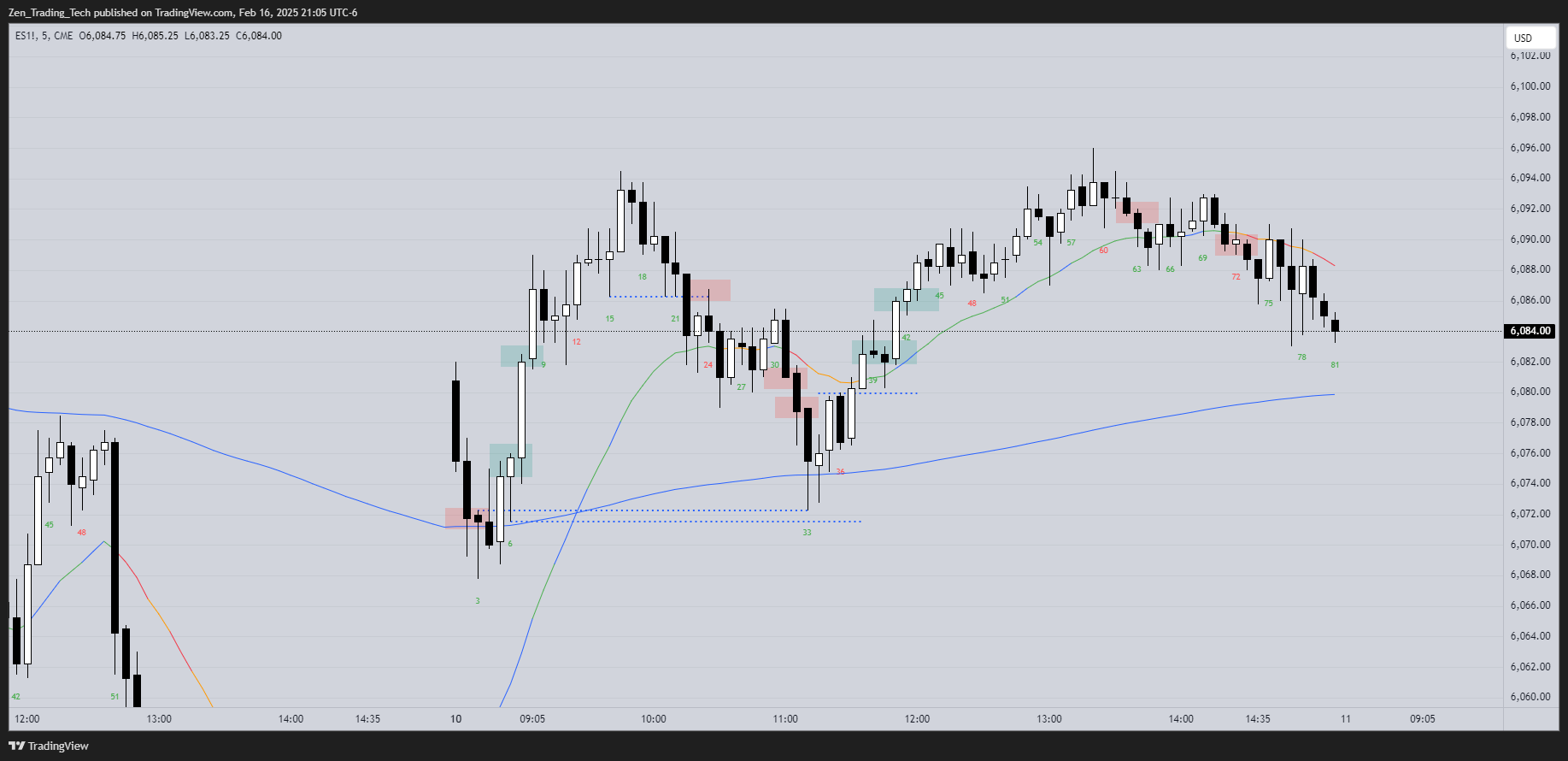
Always in and trading ranges
The trading range does not flip always-in
It is better to scalp in the direction of the previous always-in

TRD and always in
Always in is a swing concept that applies to trends and is dangerous in trading ranges
If you look at a move up and wonder if it has truly flipped into always in and you are uncertain uncertainty means trading range
Trends create sustained urgency
Urgency will lead to a measured move of this trading range plenty of room for profit
What need to see for always in?
Spike
1 very strong bar (better FT)
2 good bars good closes pref above MA
3 smaller bars in a row
Open - First hour looking for always in
Before clear trend started
Pair good bars
Look for scalps in that direction
Trading range , why would a trader buy the close of a bear bar?
Traders expect FT to be bad
Front run reversals
Failed breakout
Open profits - swing vs scalp
Scalpers don’t let open profit positions turn into losers
Scale-in for scalpers only if original was losing
Most traders should take small loss and wait
Breakout and FT entry?
Buy the close
Or if doji wait
Buy as goes few ticks / points past that bar as forming
Fade CT breakout
Examples:
Buy bear bar low in BLF / Sell bull bar high in BRF
Buy below in a Bull MC
Sell above a strong bear spike
Buy pullback to the MA
Fade breakout of a TR (DT and DB)

Enter late where stops?
Why?
Prob below signal bar
Sense urgency, but then none appears
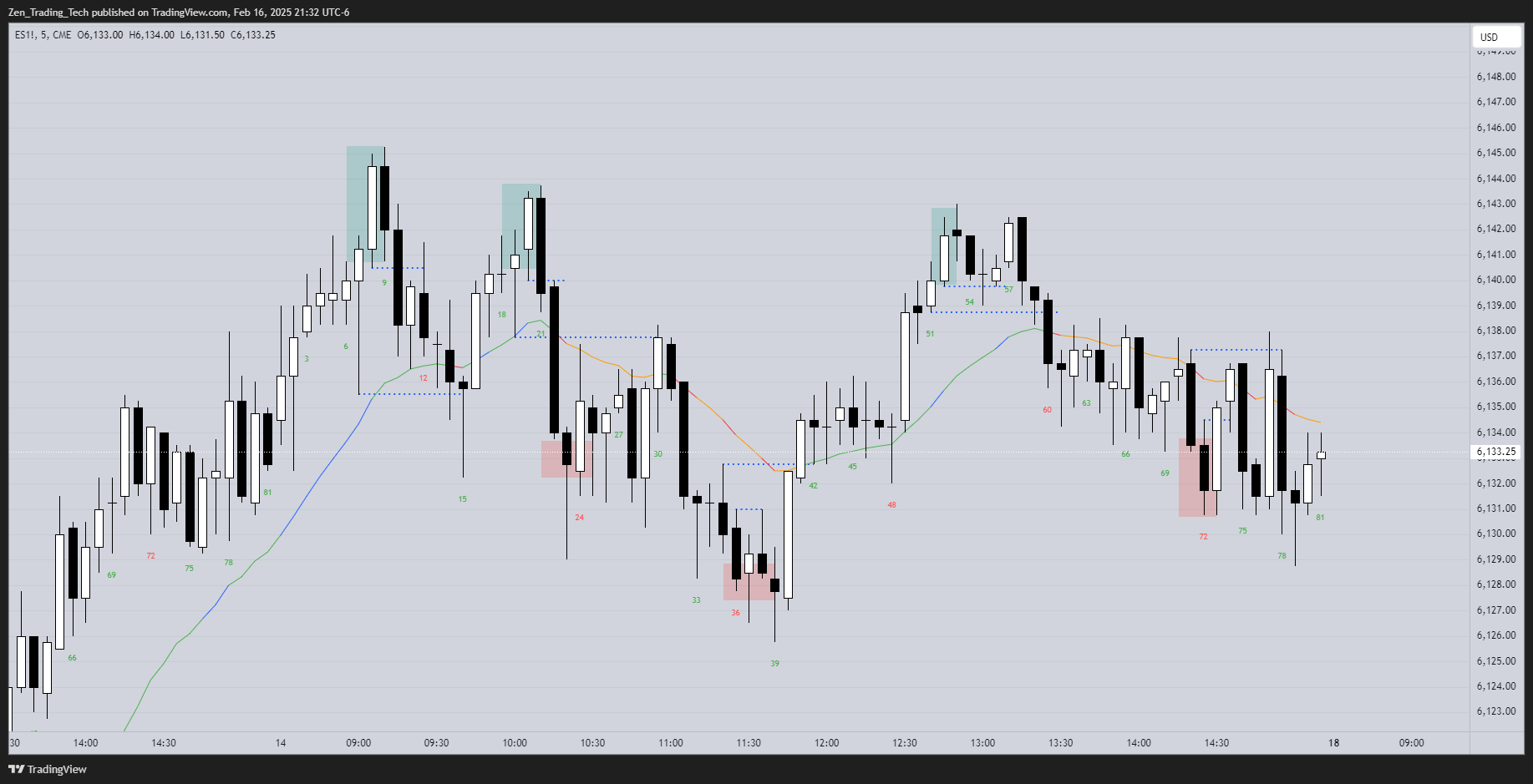
Always in short
but FT bad?
Sell rallies, not the close
Low 1, Low 2 setups
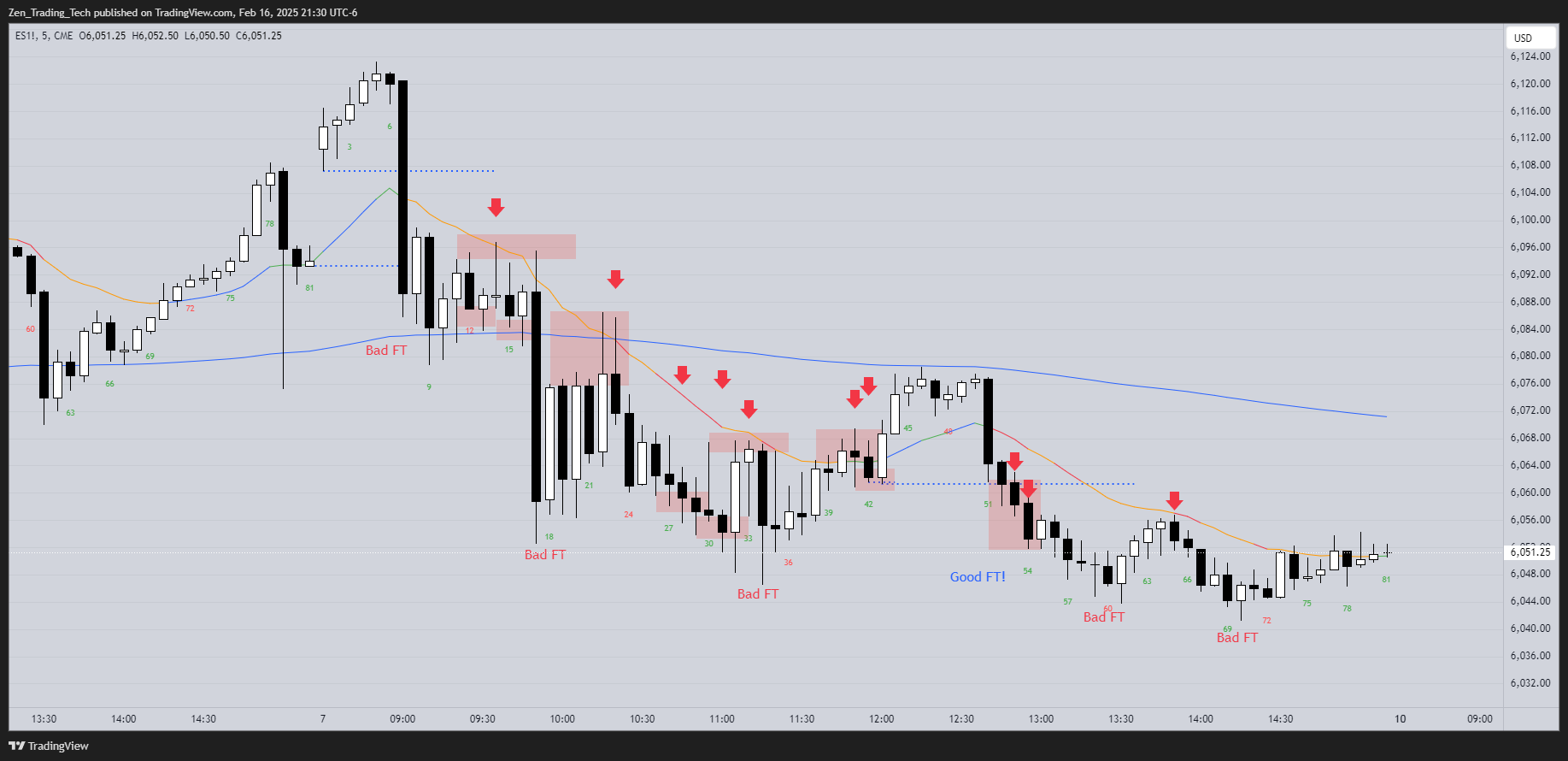
From spike
Mm TR
Once confident always in
Breakout and FT
Look for MM
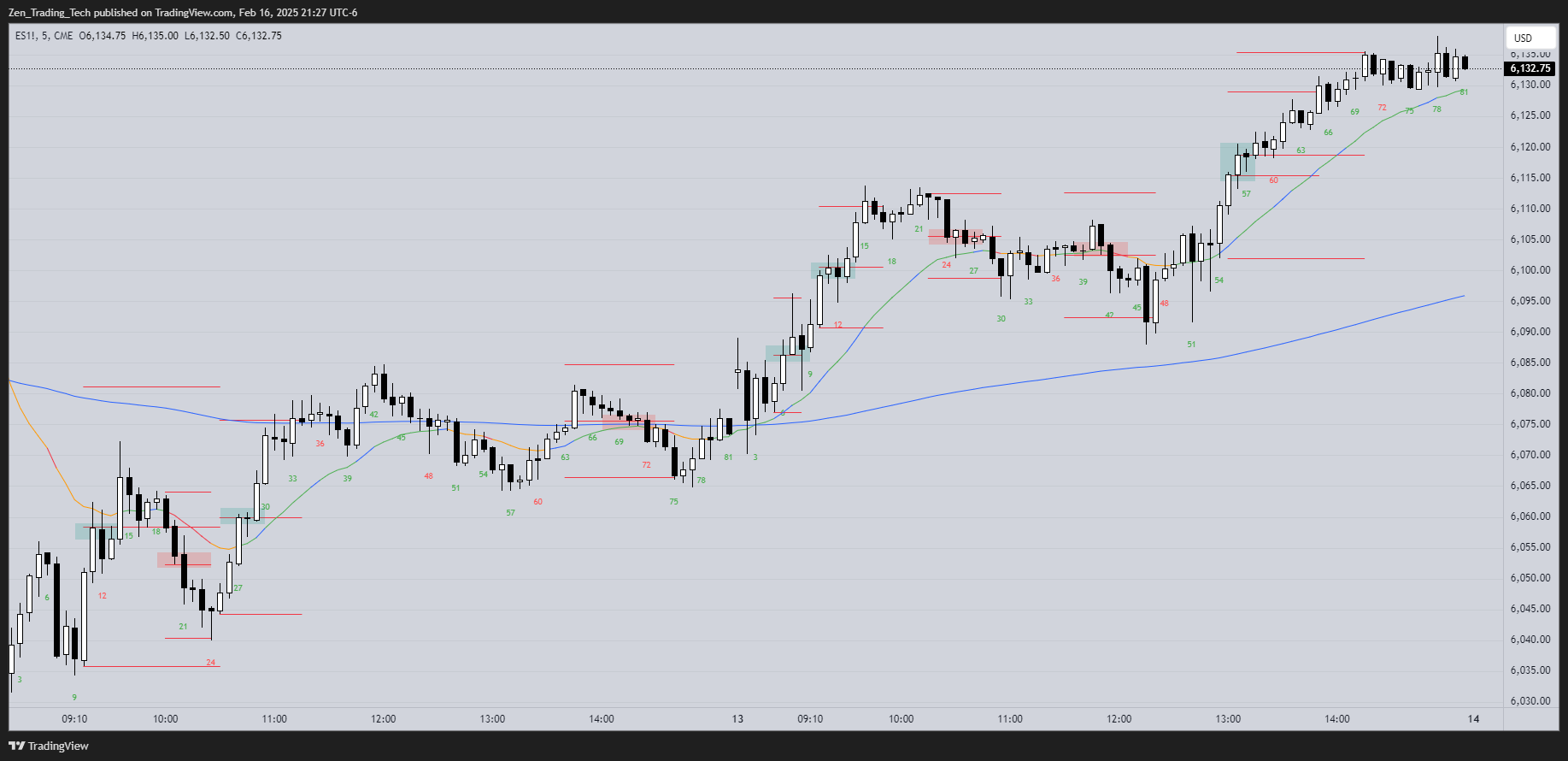
Before Always-In there is a move that changes market
Strong counter trend move that tells swing traders to take profits

What are the 2 kinds of ALWAYS IN?
Always in PRICE ACTION (bar x bar)
Always in CONTEXT (structure / pattern complete / leg count / Other)
So it can be ALWAYS IN CONTEXT before ALWAYS IN PRICE ACTION
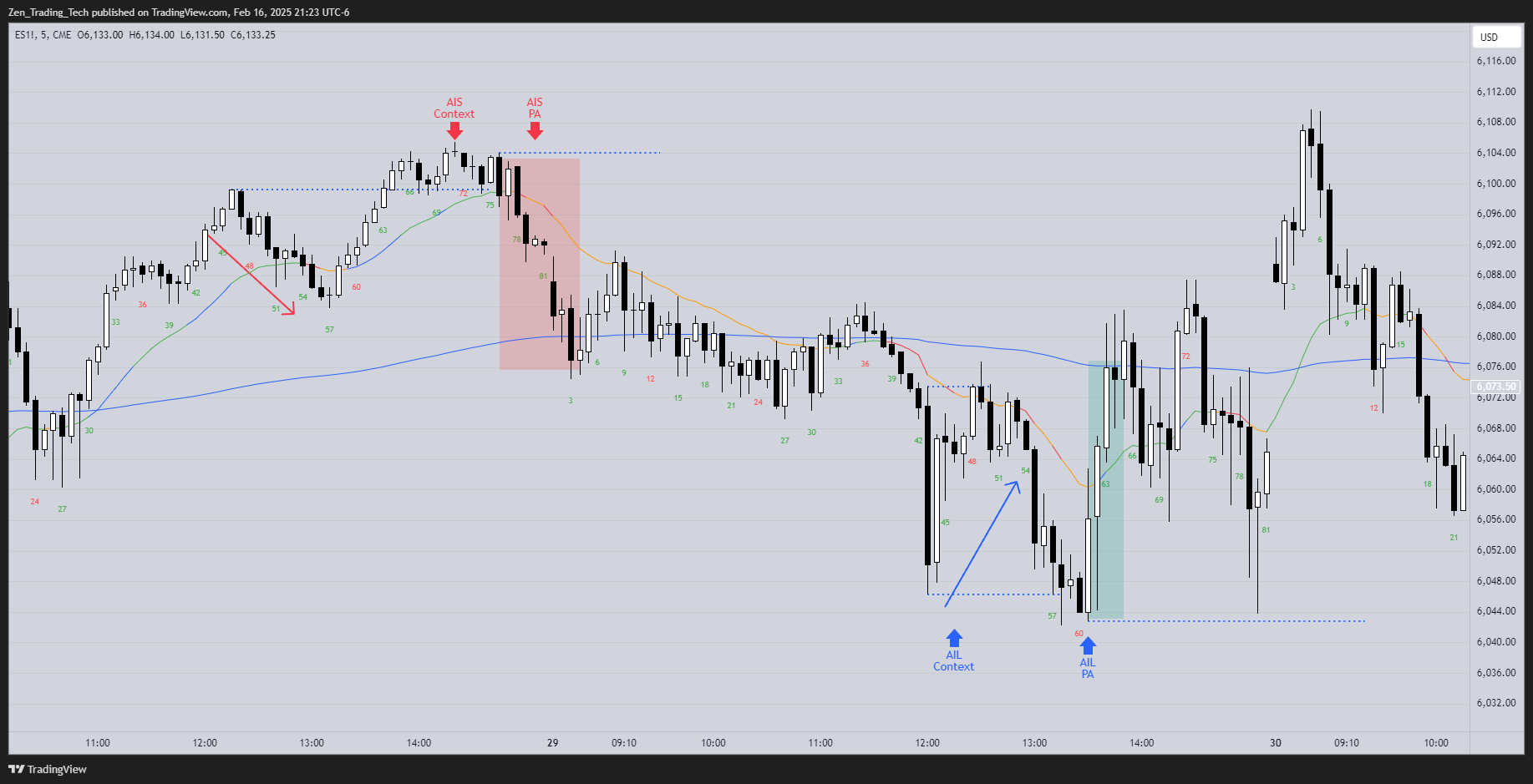
No
STC Strong BL ->Below MA
BTC Strong BR -> Above MA
AIL?
